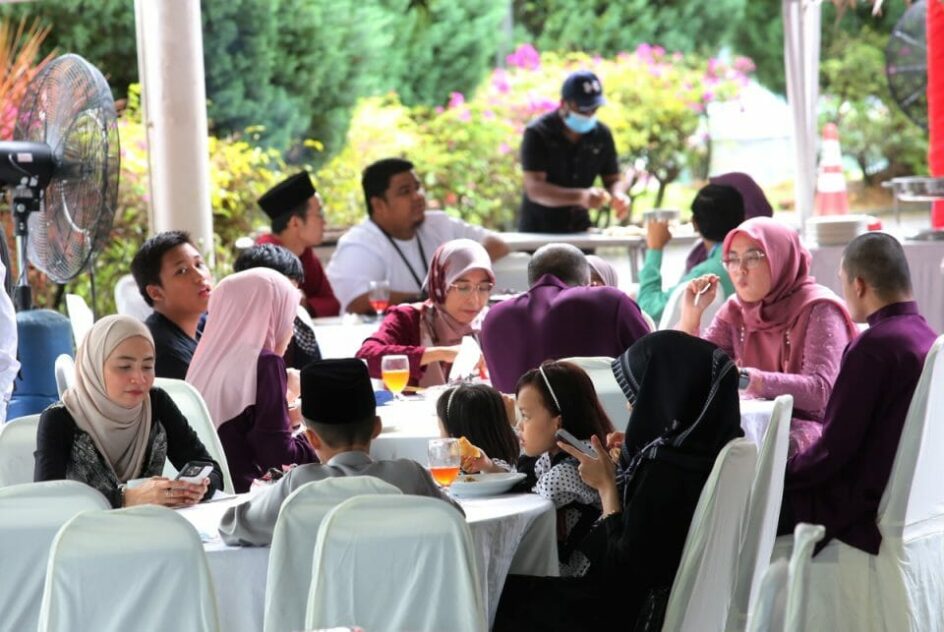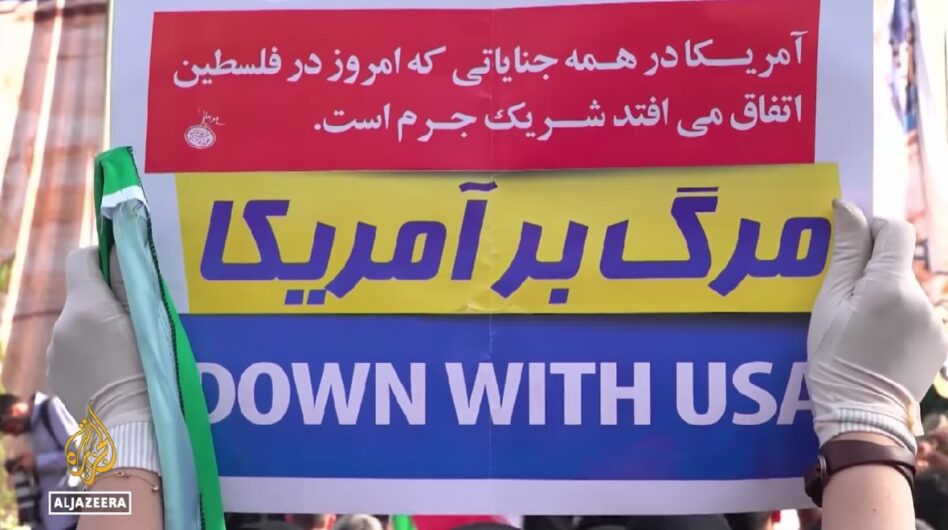OPEN House (rumah terbuka) is a Malaysian tradition where individuals and families open their homes to relatives, friends, neighbours, co-workers and even strangers to celebrate major festivals like Chinese New Year, Hari Raya Aidilfitri, Deepavali and Christmas.
Usually, there are plenty of delicious foods and enjoyable drinks to celebrate the occasion, as those gathered will be merry and joyful, but may not stay long if they are sitting under a hot canopy tent or are busy making their rounds with more open houses yet to visit.
In 1989, I attended a “Strategic Management Programme for Inbound and Domestic Tour Operators” by the University of Hawaii. I proposed that Malaysia’s unique open house can be used to attract more tourists but was immediately shot down by the American professor.
He pointed out that foreigners do not feel comfortable entering the homes of strangers. Since then, I have not pursued this matter. But in recent years, my subconscious began to piece together what I had observed over the past decades and came up with a better idea.
Almost four decades ago, “Malaysia in Miniature” (Mini Malaysia) was completed at Melaka in 1986, showcasing traditional houses from each Malaysian state. It was strategically located and attracted many visitors. The only drawback was they were not homes with people living in them.
Whereas, the century-old house of Pak Ali in Kampung Kerdas in Gombak at Kuala Lumpur was occupied by the owner and opened to the public. I brought a Thai lady executive there to marvel, as she was fascinated with Malay houses on stilts. Sadly, the Pak Ali house was burnt down in 2003.
In 2003, I wrote “Tourism: Why we need Malaysia Village” in Kuala Lumpur and expounded that such an attraction can also be an arena for the exchange of ideas and information, because visitors are equally keen to share, as much as we want to showcase what we have.
It would be the ideal platform to promote our souvenirs and allow visitors to witness how our handicrafts are made. The efforts and skills needed to make them would then be better appreciated, and visitors should also be given the opportunity to try their hand at it.

It is bound to be a popular attraction for visitors and locals when the wide range of Malaysian foods and fruits are assembled for them to feast on or buy. The initiative to set up this Malaysia Village has to be government-led but must be commercially run for creativity and sustainability.
It would be an ideal setting to encapsulate and showcase our rich Malaysian heritage that has evolved through centuries of assimilation and integration from people that have once lived or visited our land. But alas, the needle has not moved on such projects over the past 22 years.
This time, I am proposing that typical houses with people living in them be voluntarily opened to welcome visitors, particularly foreign tourists, who are keen to know how Malaysians live. It could be a most meaningful interaction and memorable experience for both guests and hosts.
It can be any type of typical housing such as a Malay house on stilts, single storey terrace house, double or triple storey link house, semi-detached, detached or cluster houses with four units built together and each unit sharing walls with two others, allowing the compound to be more open.
It can also be an apartment unit in a low cost flat or condominium, a one room service apartment or a small office/home office (SOHO).
Such visits give a clear idea about housing in Malaysia and are particularly helpful for those who are planning to live here, such as students and expats.
The hosts will have to keep their homes clean and tidy, with no valuables that can easily be stolen or taken away, and with sufficient CCTV cameras in and outside to deter and record any transgression. It is up to owners to decide on areas that are open and out of bounds for visitors.
Individual owners will determine their opening hours and can easily be changed if a website or Facebook account is used for notification. In any case, charging a fee will deter visitors. Instead, a donation/tipping box can be used, and serving beverages and snacks are optional.
If the ‘open house’ is located along a sightseeing tour route, there will be no shortage of visitors. If both guests and hosts are compatible with each other, it would be the most meaningful experience for both.
And without doubt, it could be the most immersive and best experiential tourism that can be found anywhere.
Malaysian hospitality should not be limited to claims or branding or “Selamat Datang”. Malaysians can establish lifelong friendships with visitors to our shores and homes. – April 16, 2025
YS Chan is master trainer for Mesra Malaysia and Travel and Tours Enhancement Course and an Asean Tourism Master Trainer. He is also a tourism and transport business consultant.
The views expressed are solely of the author and do not necessarily reflect those of Focus Malaysia.
Main image: Bernama









